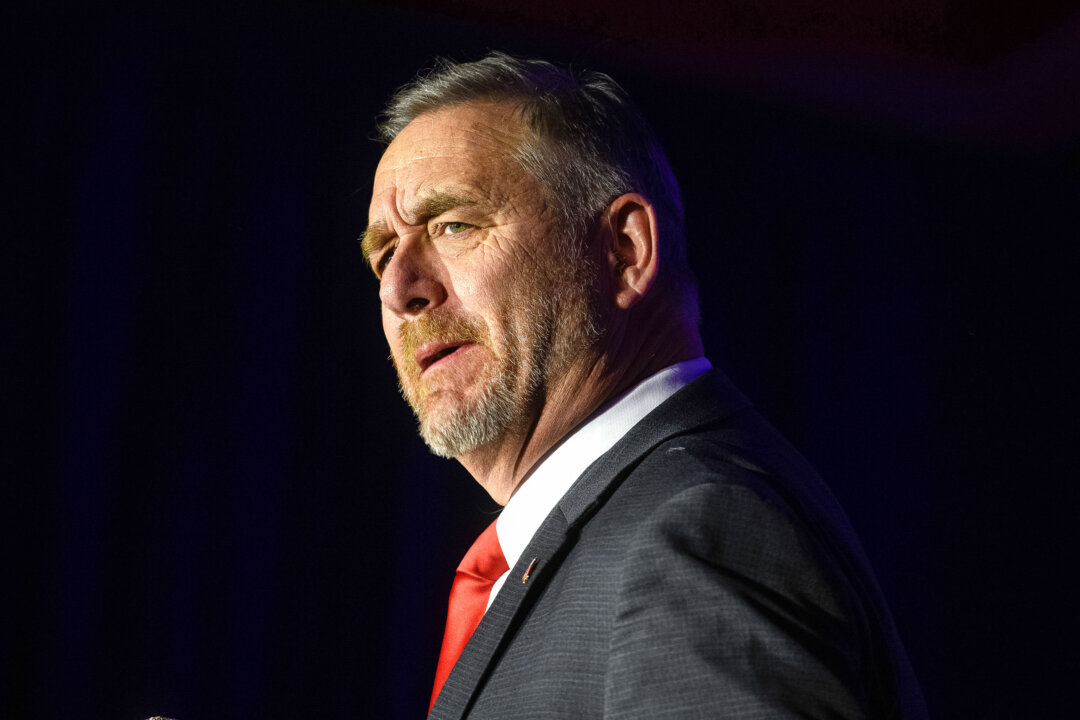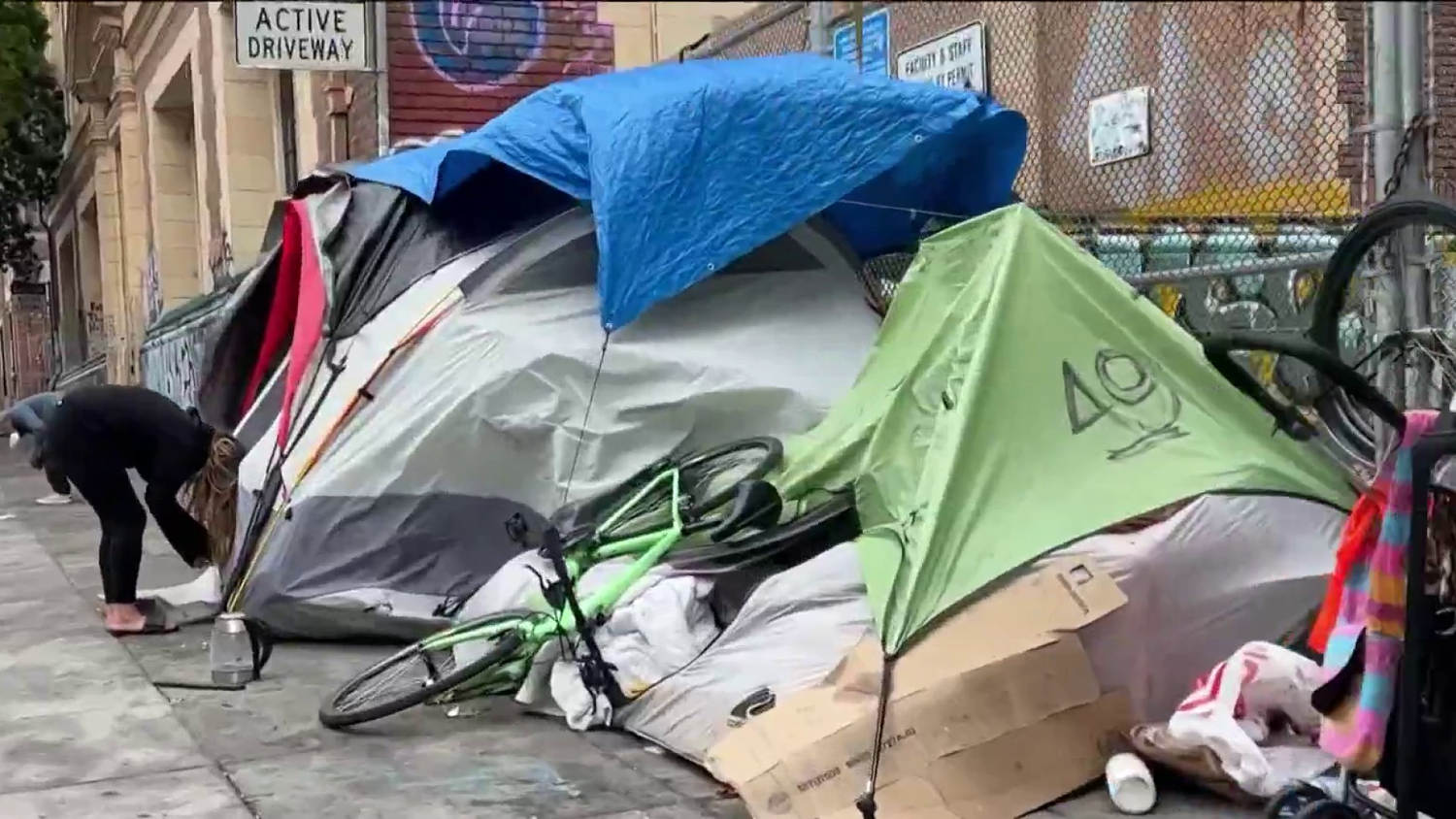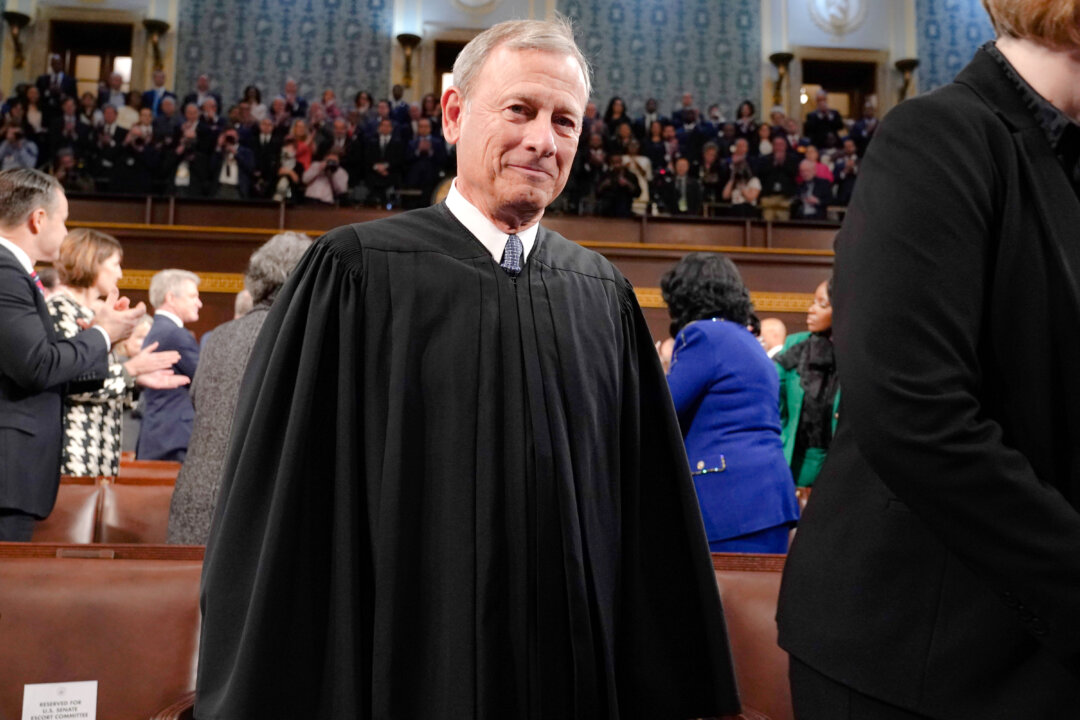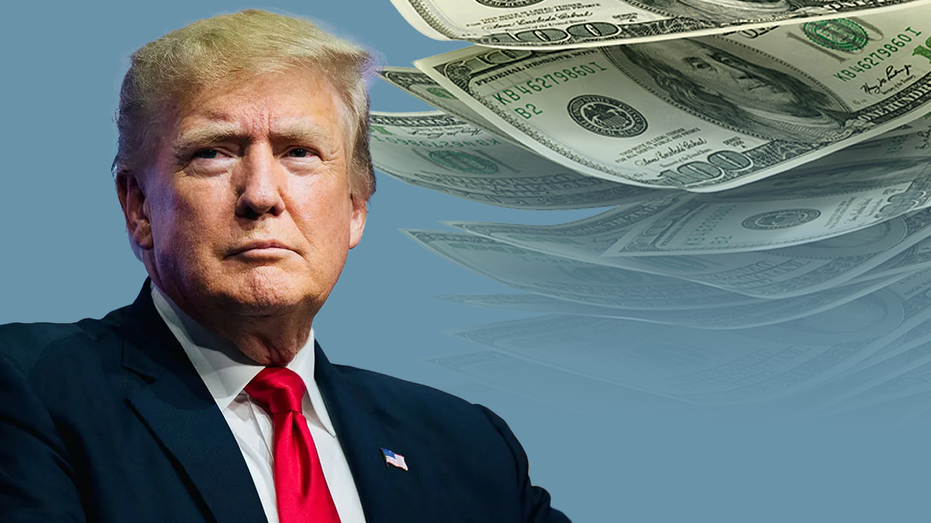Last week came news that lit up my family group text: The new Pope, Leo XIV, the cleric formerly known as Robert Francis Prevost, is, like me, descended from a long line of Catholic Creoles. It is a distinctly American — and yet also distinctly Caribbean — ethnicity, rooted in the complexities of slavery, pre-Louisiana Purchase colonialism, language, music, food and religion.
We’re a minority within a minority; African American, yes, but somehow other.
Creoles, a Louisiana amalgam of African, French, Spanish, German, Italian and Native peoples, have long occupied a singular and little-noticed place (that is, little-noticed outside Louisiana) in the American racial hierarchy. Yes, there are mixed-race populations scattered throughout the United States, and most Black Americans have multiracial ancestry, thanks to the sordid realities of slavery and rape.
But race-mixing in Louisiana hit different. While slavery was an abomination there like everywhere else, French and Spanish colonists were a lot more laissez-faire about miscegenating than their compatriots in the original 13 colonies. Which is to say, they were quite open about it. There were the infamous Quadroon Balls in New Orleans, where well-heeled white men reportedly went hunting for comely mixed-race women. And there were plaçage arrangements, where rich white men entered contractual arrangements with women of color, women who were usually free, sometimes not, setting them up with property (which occasionally included enslaved people) and often sending the male offspring of their unions to be educated in France.
“There was this whole system of different categories for races in the Latinate world,” says Andrew Prevot, a professor in Catholic Studies at Georgetown University, who also hails from Creole stock. Because of that, he says, race-mixing in Louisiana “wasn’t as stigmatized or shameful.”
It was a Creole genealogist from New Orleans, Jari Honora, who unearthed the Pope’s Black Creole roots, documenting his maternal lineage through U.S. Census records, birth certificates and marriage licenses. (The Pope’s official Vatican biography says Pope Leo’s mother is of “Spanish descent.”) The news — confirmed by his brother — of the Pope’s Louisiana Creole ancestry sent the internet into a tizzy. Was the Pope Black? The answer is complicated. Identity is complicated. But one thing appears to be certain: The Pope has African roots. As do a number of “white” Americans, particularly if they hail from the South.
The ancestry of our first American Pope matters because it reflects this country’s convoluted — and multiracial — past, present and future. Race is the great measuring stick in this country. It is used to define and divide virtually every aspect of American life. As a nation, we're obsessed with categorizing ourselves, categorizations that have deep, lasting impact on every facet of our lives, from our health to our finances to where we are able to live. Still, while we paint ourselves in stark shades of Black and white, underneath the simple, two-toned veneer, is a complex, multicolored palette.
“We often think of race in the U.S. as a Black-white binary, which I think is a mistake,” says Prevot, “So I think the Pope and all of his complex background maybe can help us see some of the complexity of [race in America] in a better way.”
Pre-Civil War Louisiana was a big, free-flowing mix of races and cultures, well beyond the Indigenous people originally on the land, the French and Spanish colonists, and the enslaved and free people of African descent. Also thrown into the mix were Cubans and post-revolution Haitians who flowed in and out of Louisiana, as well as Filipino sailors, Mexicans and Puerto Ricans, earning New Orleans the sobriquet of the “northernmost Caribbean city.”
Out of all of this amalgamating emerged an elite class of French-speaking Creoles of color, or gens de couleur, who operated in a different strata than their enslaved brethren and sistren. They were highly educated, deeply Catholic property owners, newspaper publishers, lawyers and entrepreneurs who were a recognized part of antebellum Louisiana society. Many of them were active in politics, pushing for civil rights and abolition. (It should be noted that other Creoles were not so fortunate, and remained enslaved during this time — New Orleans was also home to the largest slave market in antebellum America.)
That all changed with the end of the Reconstruction Era, when Americain-style segregation was codified into law. Creoles of color were officially classified as “Black” and were stripped of their rights, including voting. Segregation became the norm. Some of the more passé blanc Creoles opted to live as white; others could not — or chose not to.
Unable to bear their sudden change in status, some well-to-do Creole men killed themselves.
But because New Orleans had such a deep bench of successful people of color — who refused to cede the power and relative equality to which they’d grown accustomed — the city became a center of resistance to segregation. As my colleague Peter Canellos writes in his book, The Great Dissenter, a cadre of prominent Creoles formed the Comité des Citoyens (Citizens Committee) to advocate for civil rights. They decided to push the limits of Jim Crow segregation — hoping to take it all the way to the Supreme Court — and enlisted Homer Plessy, a fair-skinned Creole cobbler and activist.
With the full expectation that he would be arrested, Plessy purchased a first-class train ticket and sat in the “whites only” section. Plessy, the son of two mixed-race Creoles, was light enough to pass for white, which is why the committee chose him for this act of civil disobedience. (The idea was to demonstrate the absurdity of strict Black-white segregation in such a heavily mixed-race society.) The committee had an unlikely co-conspirator: Railroad companies chafed at the financial burden of building separate railcars. So the committee was able to recruit a conductor to help with their cause. As the very white-looking Plessy sat in the whites-only section, the conductor stopped to ask him if he was “colored.”
When Plessy answered in the affirmative, he was promptly hauled off to jail.
The resulting lawsuit, Plessy v. Ferguson, made it all the way to the Supreme Court. In 1896, the justices ruled that “separate but equal” policies didn’t violate the Constitution — codifying segregation in schools, transportation, hotels, beaches and churches. Homer Plessy’s case failed at the Supreme Court, but his principled stand laid the groundwork for the 20th-century civil rights movement.
More than a century later, we Creoles are getting our place on the international stage with Pope Leo, whose maternal lineage can be traced to the famously Creole 7th Ward in New Orleans, a hub for civil rights activism — and where Homer Plessy also once lived.
New Orleans is the kind of place where you can pull up to a bar in the French Quarter and the bartender will look you up and down and say, “You don’t sound like you’re from here, but you sure do look like you’re from here.” Or how a local will ask you your last name — last names are a great signifier — and be able to tell you exactly from which parish your family originally hailed.
Louisianians have always celebrated the mixing of genes, the blending of races and cultures into a potent ancestral gumbo. And sometimes, that meant glorifying one’s proximity to whiteness and power: The lighter you were, the straighter your hair, the more attractive you were deemed, the more worthy. In some circles, Creole became associated with colorism and intraracial bigotry, maintaining the (light) color line by any means necessary, even though Creoles run the gamut in phenotype and skin tone, literally from ivory to ebony. (And many, such as Christophe Landry, a Creole genealogist/historian/linguist, define “Creole” in the traditional sense: people who were native to Louisiana, who were Roman Catholic and spoke French/French Creole, no matter their race.)
Families could be categorized differently from census to census, depending on who was doing the eyeballing or how racially mixed people were being categorized that particular decade. Like the Pope’s family, my family was listed as Black and mulatto on different censuses — and in one census my paternal great-grandfather, Galbert Wiltz, who spoke no English, was listed as both mulatto and white.
While color was fluid for Creoles, Catholicism was not. The Church played a role in almost every aspect of Creole life in Louisiana, overseeing baptisms, marriages, funerals, building schools and hospitals. There’s a reason why New Orleans is home to the first — and only — Black Catholic HBCU, Xavier University, where most of my New Orleans family, my grandmother, my dad, my aunts, uncles, cousins, attended.
Louisianians are particularly tied to place, ever cognizant of their rich heritage, culture and language. For older generations of Creoles, like my paternal grandfather, French and French Creole were their first languages. English was something learned much later, in school. That deep connection to place still holds to this day.
But for many Creoles at the turn of the 20th century, much like the Pope’s family, that sense of place was no longer enough to sustain them. As Jim Crow hardened in Louisiana, living there felt untenable for many. Creoles scattered around the country, as part of the Great Migration, my family included, creating a diaspora. Some moved to Houston. Others hightailed it to New York and Washington, D.C. Many more moved to California — and like the Pope’s maternal grandparents and some of my family, to Chicago.
But life “up north” wasn’t easy, either. As one of the twins says in Ryan Coogler’s blockbuster film, Sinners, Chicago was just another Mississippi with tall buildings instead of plantations.
“The South was a very, very segregated world,” says Landry, a research team manager with Ancestry.com. “So was Chicago.”
“If you wanted to move up and have opportunities,” Landry says, “you would let people see you the way they saw you.”
And if, like the Pope’s family, people saw them as white, then so be it.
Take the case of Anatole Broyard, a New York Times literary critic who was born in 1920 in New Orleans to two Black Creole parents and migrated with his family to New York when he was a child. Some of his family members were a little more pigmented than he was, but Broyard was light enough to pass, and so he did. He did it so successfully that his own children never knew he was Black until he was on his deathbed in 1990 — and even then, it was their mother who revealed Broyard’s secret.
Neither Broyard’s story nor the Pope’s are unique. Years ago, I met a man, olive-skinned with a thick thatch of curls, who told me that he was Creole. But growing up as a kid in Denver, he said, his parents never bothered to tell him that meant that he was of partial African descent — which is to say, Black. It wasn’t until he was a fully grown man that he learned what “Creole” meant. And it blew his mind.
I hear these stories and can’t help but think about what’s been lost — families, culture, language, a richly complicated heritage.
I don’t know what the Pope’s mother told him about his Creoleness, about his Blackness. In an interview with the New York Times, the Pope’s brother acknowledged the family’s Creole roots. But, he said, his family didn’t really talk about it — nor did they consider themselves Black. Which is fair: So much of your racial experience in the world depends on how said world sees you. Still, under Louisiana law until 1983, the “one-drop” rule was on the law books, defining anyone with 1/32 African ancestry as legally “Negro,” no matter how they identified, or how others might perceive them. So in another place and time, the Pope would be … Black.
What does that matter? Or, why does that matter?
Yes, race is a construct. But it’s a construct with real-life impacts on very real lives.
Black Catholics, particularly Catholic Creoles of color, are claiming him. As my New Orleans cousin, Bernadette, texted me when news of his identity broke, “I thought he was Creole as soon as he stepped on that balcony.”
“Black Catholics tend to celebrate historic figures in our community, even when they pass as white, because we claim them. We're happy about them,” says Prevot. “But it also can be more meaningful if someone in his situation actually publicly claims [that] as part of his identity.”
As Prevot sees it, the stakes are larger than the Pope’s own personal identity: “It's also a question of, how is he going to elevate the needs and concerns of not just Black Catholics, but Black people and racially minoritized communities? What can he do there? I mean, the Catholic Church has a checkered track record there.”
Yes, Pope Leo is the pope of an entire globe of observant Catholics of all colors — and increasingly those Catholics are located in Africa and Asia. But Leo, as the first American pope, also has an opportunity, should he choose to take it, to help erase the racial binary that American-style chattel slavery imposed on us, to help change how we think about race and identity. These days, the country feels so divided into us-versus-them. But there’s always an alternative. Creoles will be watching to see if Leo embraces it.
.png)














 English (US)
English (US)